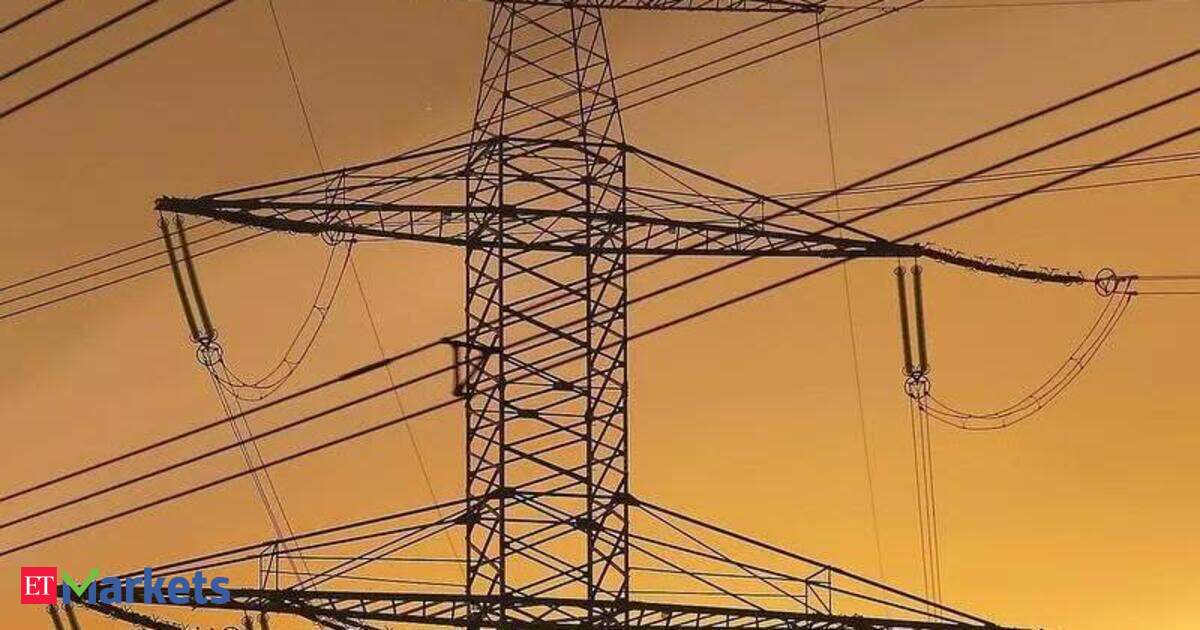Jaiprakash Power Ventures Shares Slide 1.58% Amid Sensex Drop: What Investors Need to Know
Shares of Jaiprakash Power Ventures Ltd Experience Minor Drop as Market Holds Steady
On Tuesday morning, Jaiprakash Power Ventures Ltd’s stocks saw a slight decline of 1.58 percent, trading at Rs 17.45 by 10:54 AM IST. This drop comes amidst a marginal decline in the BSE benchmark Sensex, which fell by 35.37 points to 82,409.84. The volatility in the stock’s price highlights the broader context of trading practices in the Indian stock market, particularly in the energy sector.
Market Overview
The stock had previously closed at Rs 17.73 in the prior session, indicating a cautious investor sentiment in recent days. With a 52-week high of Rs 23.77 and a low of Rs 12.36, Jaiprakash Power’s stock illustrates the fluctuations and the potential for both gains and losses in the current market landscape. According to BSE data, the total traded volume for the stock until that point had reached a remarkable 66,294,165 shares, accumulating a turnover of Rs 115.22 crores.
A Close Look at Valuation Metrics
Investors are increasingly interested in Jaiprakash Power Ventures’ valuation metrics, particularly its price-to-earnings (P/E) ratio and price-to-book (P/B) ratio. At present, the company’s shares are trading at a P/E ratio of 13.27 times its trailing twelve-month earnings per share (EPS) of Rs 1.19. A high P/E ratio suggests that investors are optimistic about future growth prospects.
- P/E Ratio: 13.27
- Trailing EPS: Rs 1.19
- P/B Ratio: 0.8
The price-to-book value of 0.8 indicates the inherent value of the company based on its assets. This low P/B ratio could attract value investors looking for stocks that may be undervalued by the market.
The Role of Market Volatility
With a beta value of 1.12, Jaiprakash Power’s stock is slightly more volatile than the broader market, which can be a double-edged sword for investors. A beta value greater than 1 indicates that the stock tends to amplify market movements—both positive and negative. Hence, while it may present opportunities for short-term gains, it also poses a risk for investors seeking stability.
Shareholdings and Investor Confidence
As of March 31, 2025, the shareholding structure of Jaiprakash Power Ventures reflects a mix of institutional and individual ownership:
- Promoters: 24.0%
- Foreign Institutional Investors (FIIs): 6.31%
- Domestic Institutional Investors (DIIs): 0.28%
The significant stake held by promoters may indicate a strong commitment to the company, which can inspire confidence among other investors. However, the relatively low percentage of institutional investment could suggest a cautious stance from larger investment firms, possibly due to perceived risks in the energy sector.
Technical Analysis
Technical indicators can provide additional insights into trading opportunities. The Relative Strength Index (RSI) for Jaiprakash Power Ventures stands at 73.47, indicating that the stock is nearing overbought conditions—traditionally defined as an RSI above 70. While a high RSI might raise concerns of forthcoming corrections, it is essential for traders to consider this metric within the broader context of market trends.
Traders should also remember that no single metric should be used to make buy or sell decisions. Just as fundamental analysts analyze multiple valuation ratios, technical analysts must look at various indicators, including volume trends and moving averages, to form a comprehensive outlook.
The Energy Sector’s Future
Jaiprakash Power Ventures operates in a sector facing both challenges and opportunities, particularly amid India’s commitment to renewable energy and reducing carbon emissions. As the energy landscape evolves, companies like Jaiprakash may find avenues for growth, especially in renewable energy investments and modernization of existing assets.
In conclusion, Jaiprakash Power Ventures Ltd’s stock performance, with a minor drop in tandem with the market, reflects a complex interplay of market sentiment, valuation metrics, and broader energy sector trends. Investors weighing their options will need to consider both the technical and fundamental aspects of the company alongside prevailing market conditions. The next steps for investors may involve closer monitoring of upcoming developments in the energy sector, innovative strategies of the management, and global economic variables that could impact the industry.





